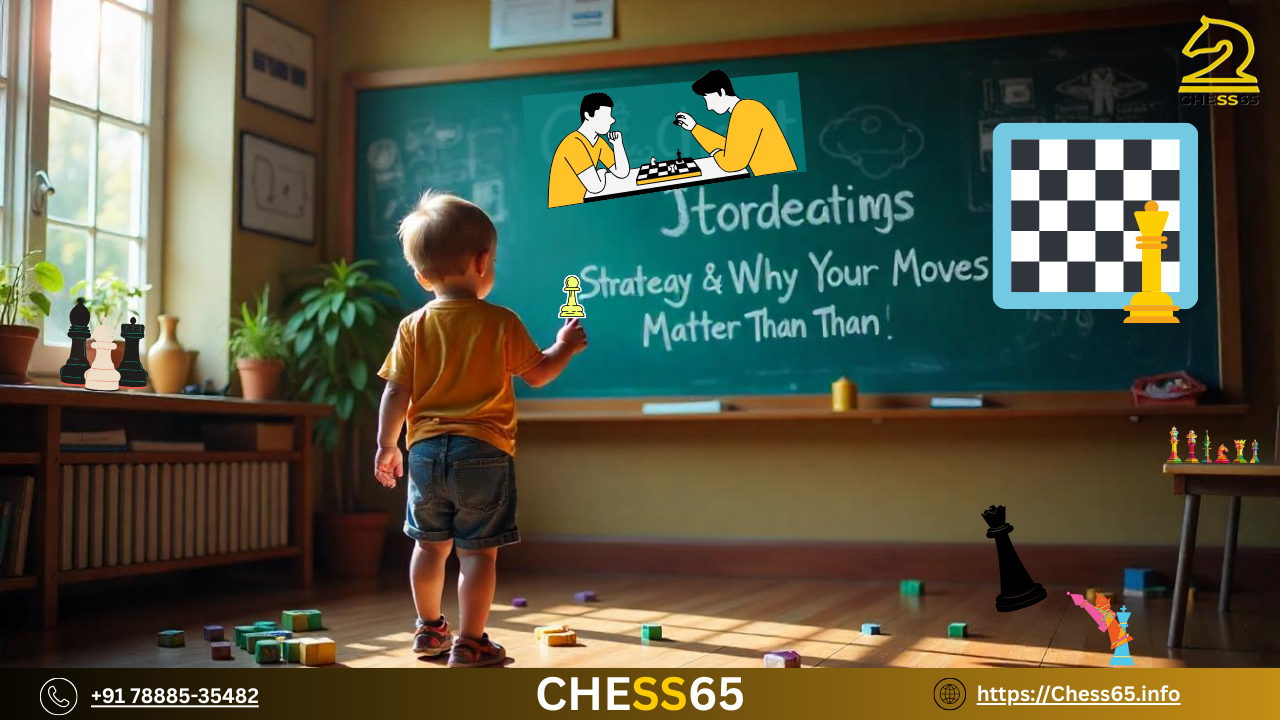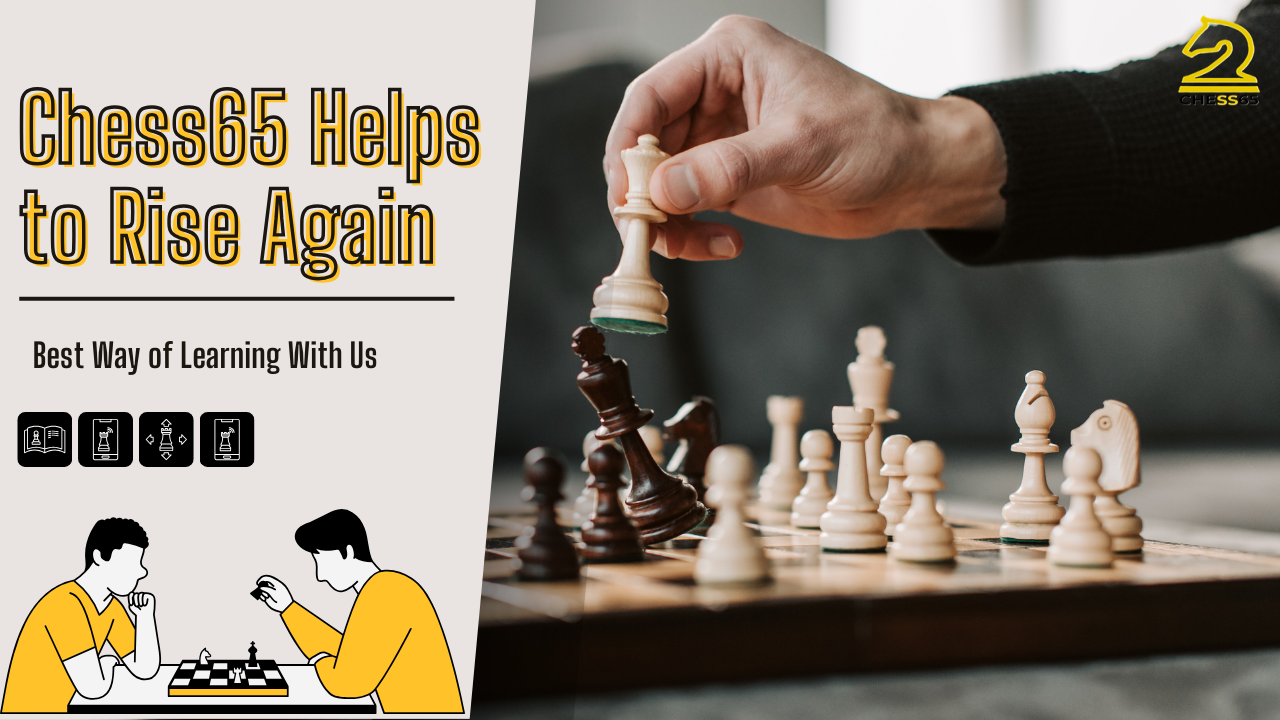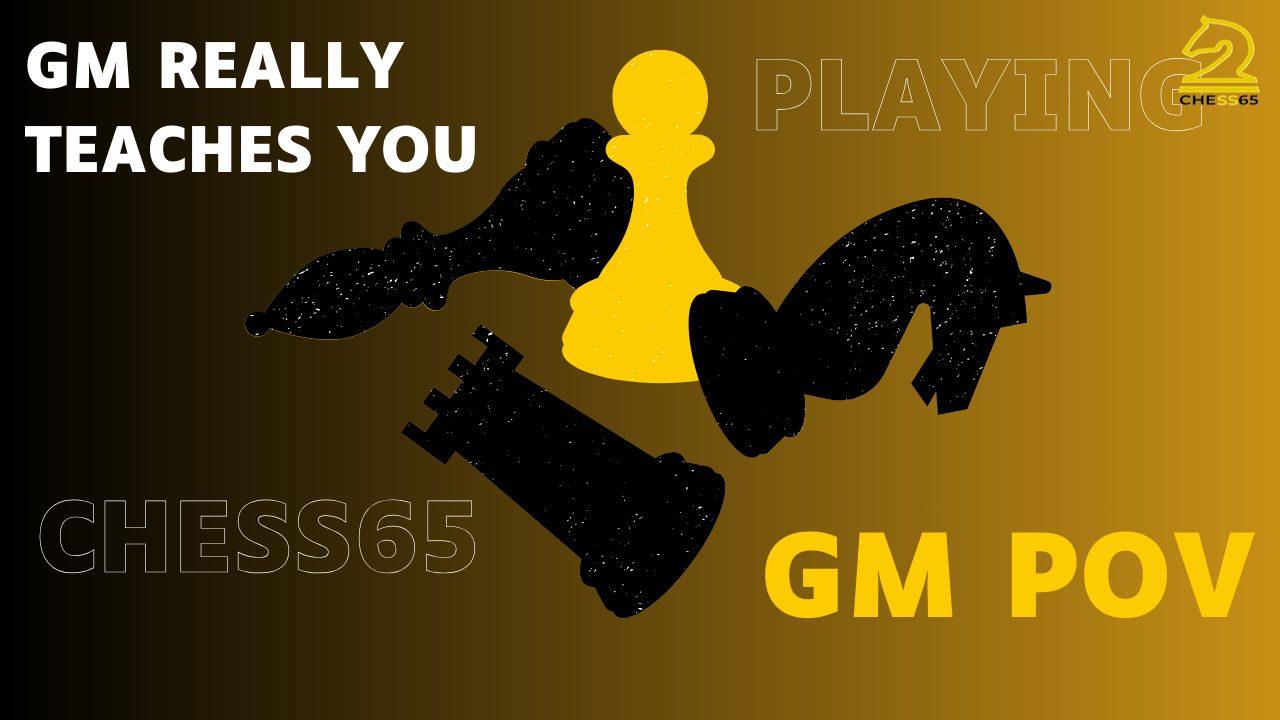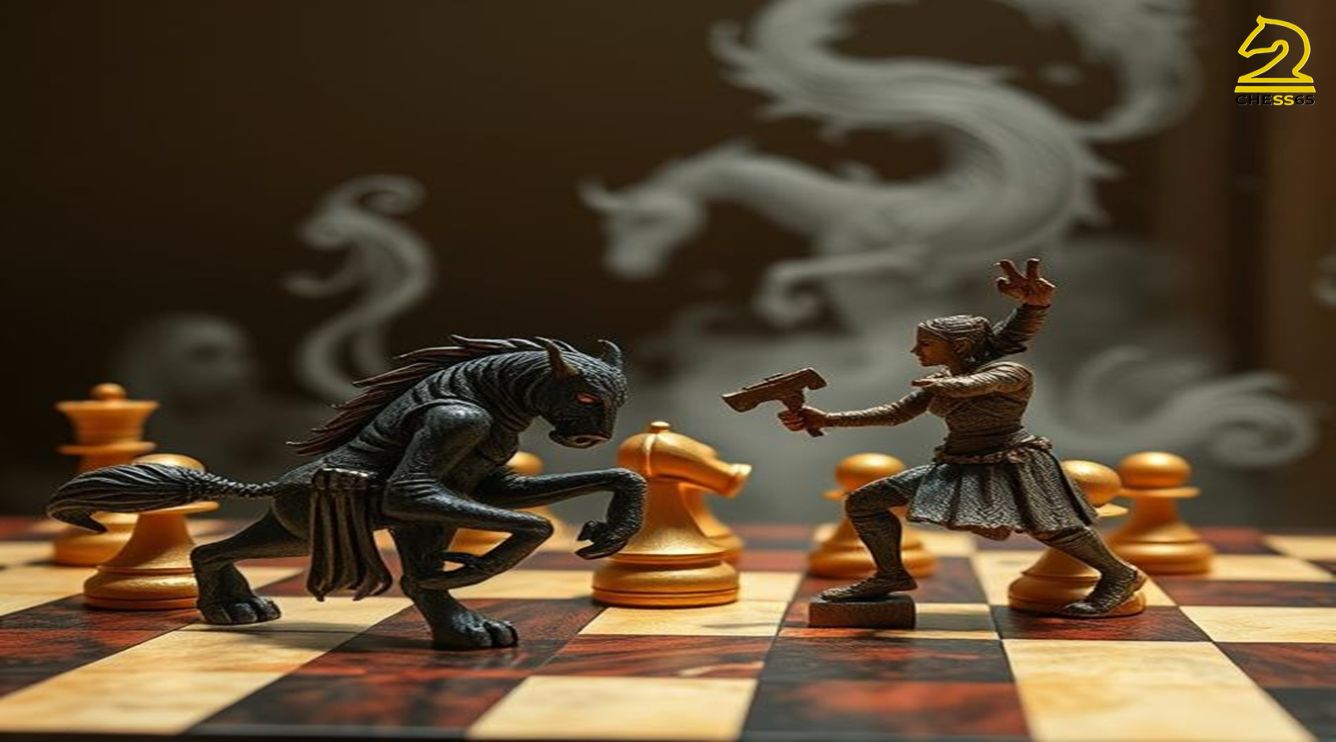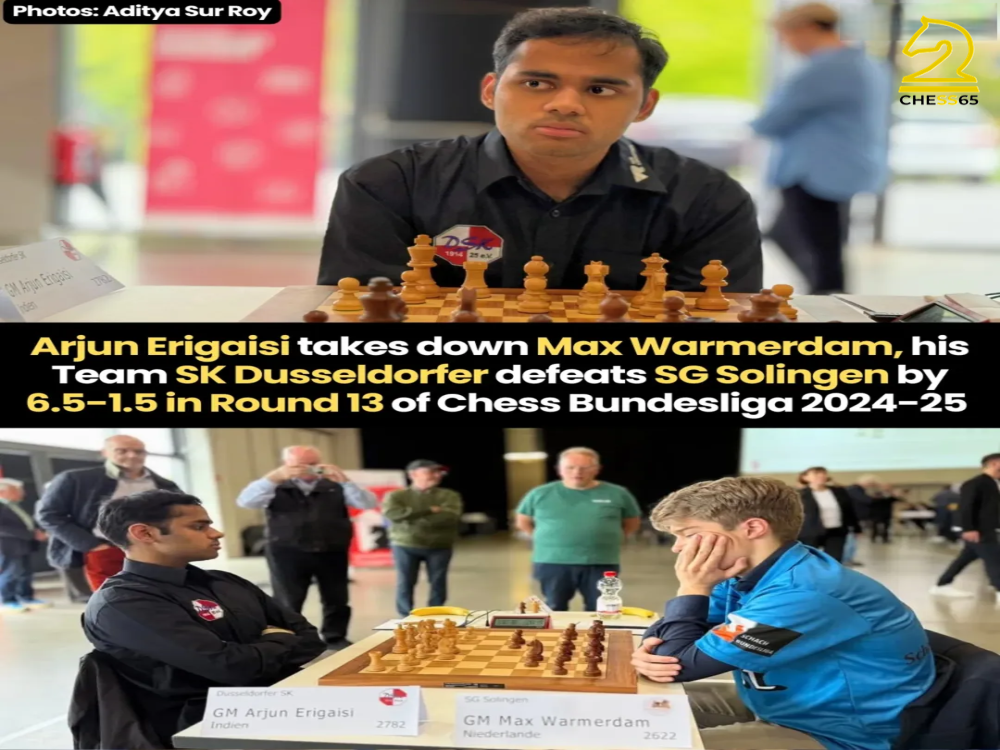A Grandmaster’s Secret: Why Memorizing Chess Variations Feels So Hard (and How to Make It Easier)
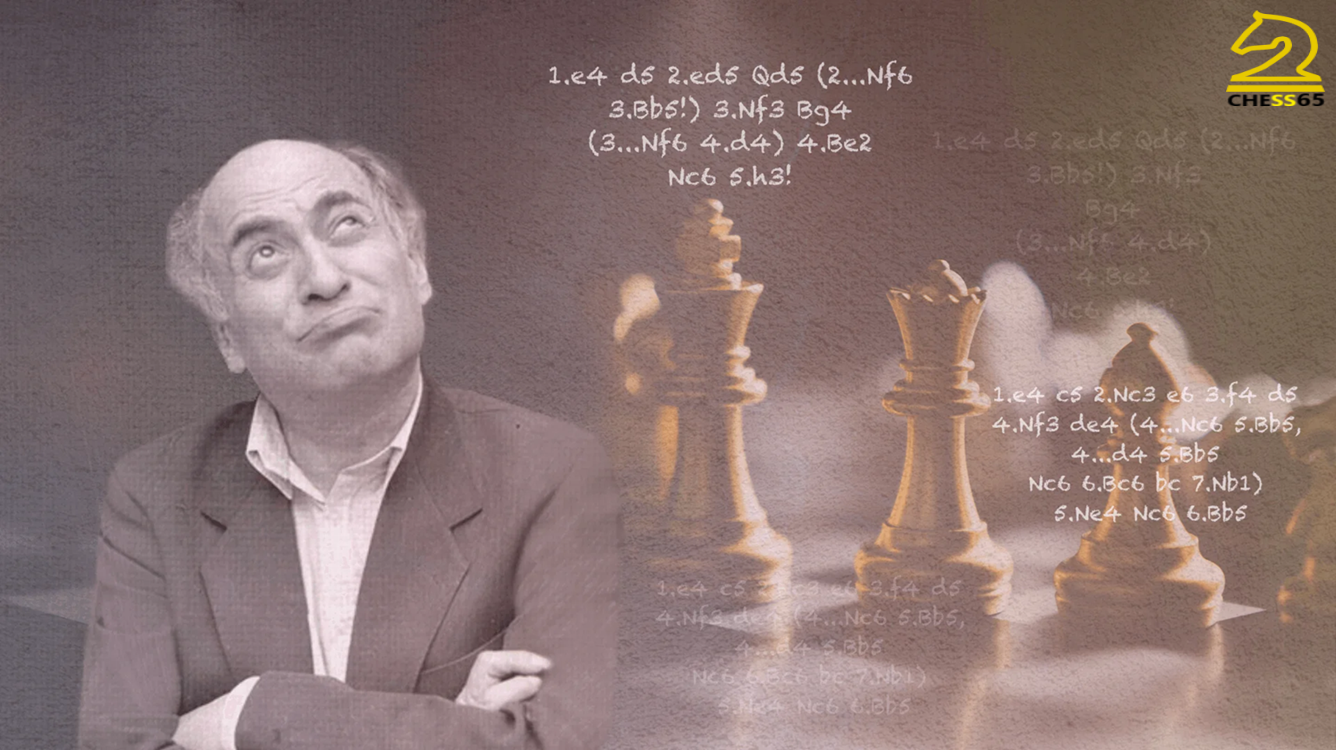
Let’s begin with a truth you might already feel deep inside:
Memorizing complicated chess variations is tough. It’s tough for beginners, for club players, for seasoned warriors of the 64 squares… and yes, even for Grandmasters like me.
But before you sigh too heavily — I have four pieces of news.
Three are good
One, well… it’s a little bad
Let’s unwrap them one by one.
Good News #1: There is a solution.
That’s right. You’re not doomed to forget those intricate lines of the Sicilian or the sharp traps in the King’s Indian. There’s a path forward.
Bad News: It’s not easy.
Sorry — no magic bullet, no shortcut that makes you an overnight memory machine. This journey takes intention.
But keep the mood light. The two other good news pieces are coming. And they change everything.
The Truth About Memory in Chess
In one of my earlier pieces (which I hope you’ve read — if not, go grab it first), I shared a foundational idea:
Understanding is the gateway to remembering.
Now here comes the surprising part:
Grandmasters memorize variations more easily than beginners.
And no, it’s not because we’re born with better memory chips in our brains.
So why?
Let’s crack it open.
Reason #1:
We don’t try to memorize chess the way people memorize vocabulary or song lyrics.
We don’t parrot moves — we digest ideas.
Reason #2:
We see patterns more clearly. Because we’ve been exposed to the “why” behind the moves again and again. That repetition builds understanding.
Let’s look at two crystal-clear examples.
Philidor Defense – The Mystery of the Third Knight Move
Position after:
1.e4 e5
2.Nf3 d6
3.d4 exd4
4.Nxd4 Nf6
5.Nc3 Be7
6.g3 O-O
7.Bg2 Nc6
White to play.
If you saw this for the first time, you might quickly castle with 8.O-O.
But the best move is 8.Nde2!
What? A third knight move in 8 turns? Isn’t that against opening principles?
Ah — but now, come closer. Let’s uncover the idea.
White has a space advantage. And when you have space, you want to keep the pieces on the board.
By playing Nde2, White prepares f4, gains central control, and avoids simplifications.
Once you grasp why this move works, it becomes unforgettable. No need to brute-force your memory. The idea plants itself inside you.
Alekhine Defense – The e6 Idea
Another beautiful example.
1.e4 Nf6
2.e5 Nd5
3.d4 d6
4.Nf3 Nc6?!
5.c4 Nb6
White to play.
Now, an experienced player’s move comes like instinct: 6.e6!
It’s natural — because you’ve seen it before. Perhaps in the Caro-Kann, where after 1.e4 c6 2.d4 d5 3.e5 Bf5 4.h4 h6 5.g4 Bh7?! 6.e6! appears again.
You begin to notice how ideas echo across openings. You’re not memorizing individual trees — you’re walking through a forest where the paths start to connect.
That’s why experienced players seem to have a better memory.
They don’t.
They just understand better.
Good News #2: The more you play, the easier it gets.
With experience, you’ll remember variations more easily.
Why? Because you’ll recognize ideas faster.
And the moment you understand the reason behind a move — you no longer need to memorize it.
Ask WHY — Always.
Before you play a move — stop. Breathe. Ask:
Why this move?
What’s the idea?
Why not another one?
Never play a move because “the book says so.” Don’t memorize blindly. Challenge the move. Examine it. Let it speak to you.
At Chess65, we rarely ask students to memorize lines without meaning. We teach principles, ideas, and structure. Memory follows naturally.
But What About Grandmasters?
Here comes the third piece of good news:
Good News #3: There’s a “secret” training method.
You see, Grandmasters do need to memorize very deep, complex lines. So how do they manage?
Yes, they study deeply.
Yes, they analyze with engines and partners.
But they also play blitz and rapid games starting from key positions — especially those they struggle to recall.
They train their intuition in motion.
And now for the secret…
The Kasparov Trick: Let Black Start
Yes. Start a game with 1...e5
Strange? Maybe. But genius? Absolutely.
By doing this, you flip the board and replay the same lines from a different perspective. Your brain stops running on autopilot and must truly understand the position.
You’ll spot the gaps in your memory faster. You’ll laugh at how quickly you mess up familiar lines. And then you’ll fix them.
That’s why I love this method.
It’s funny.
It’s humbling.
It works.
Let’s Wrap This with Action
You’ve just learned:
Why memorizing is hard
Why understanding makes it easier
How Grandmasters approach it
And a playful technique to deepen your knowledge
Now it’s time to put it into action.
Pick a line you struggle to remember
Flip the board and play it as Black
Ask “Why?” at every turn
Play rapid games from that position
Keep learning — not just moves, but the ideas behind them
Because chess isn’t just about memory. It’s about clarity, vision, and curiosity.
And with every idea you truly understand, the game opens its heart a little wider for you.
Let’s keep exploring it — together.

